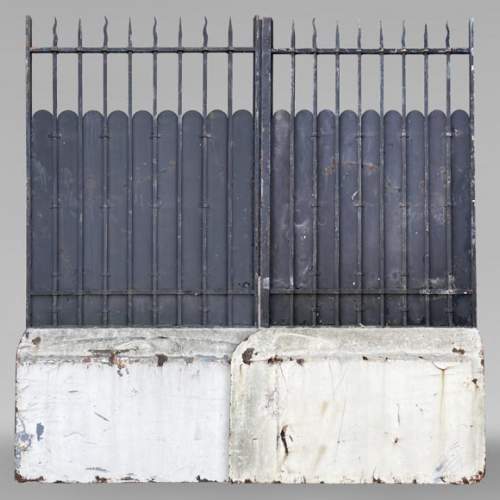Your selection is currently empty.
Here are the latest objects in our stock:
Dimensions:
Width: 201
Height: 330
Depth: 12
Dimensions:
Width: 115
Height: 77
Depth: 54
Dimensions:
Width: 102
Height: 100
Depth: 58
Dimensions:
Width: 150
Height: 76
Depth: 55
Diameter: 82
Dimensions:
Width: 177
Height: 74
Depth: 61
Dimensions:
Width: 68
Height: 42
Dimensions:
Width: 136
Height: 104
Depth: 41
Dimensions:
Width: 147
Height: 193
Depth: 15
Dimensions:
Width: 117
Height: 179
Depth: 10












